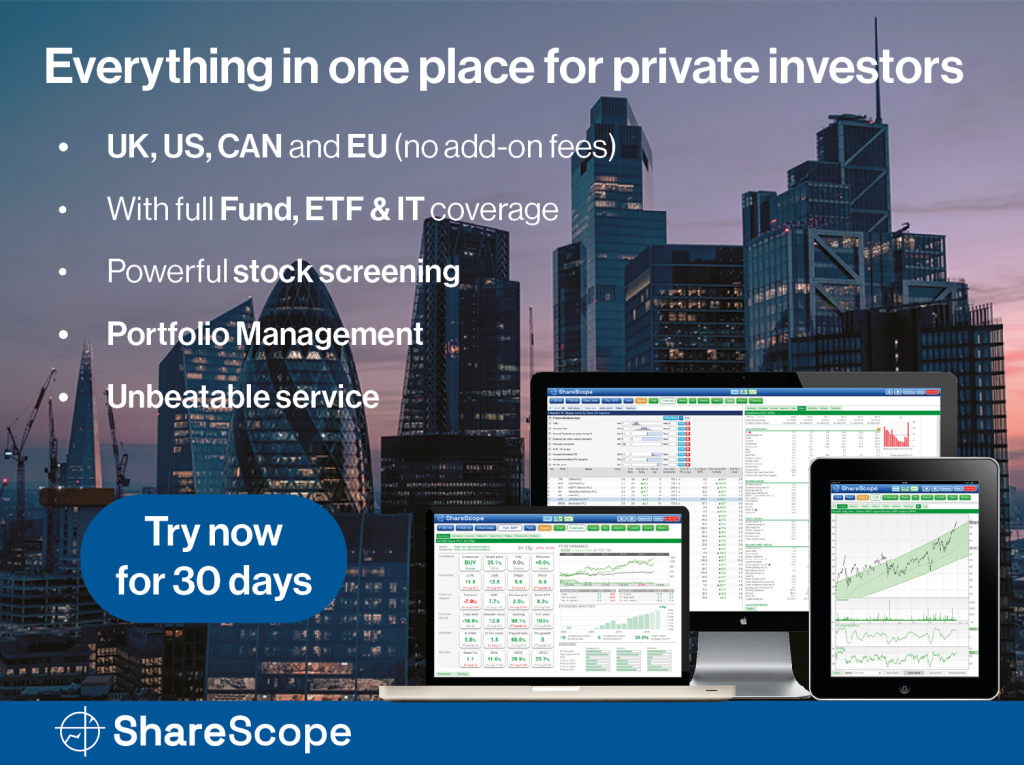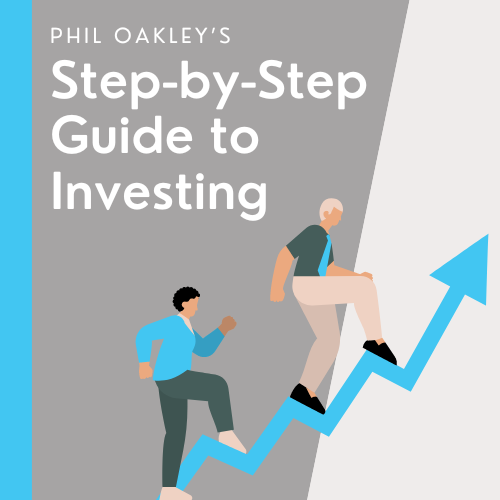
I was at a dinner party this week and was asked, “Well, if you’re doing so well, why don’t you go and raise money?” [for a fund].
The gentleman in question wasn’t having a go – he was genuinely curious.
And I told him what I’ll tell you now.
I’m not that good.
If I was given £50 million to manage tomorrow, I wouldn’t be able to deploy it.
I’d probably dump the majority of it in the FTSE All-World and then trade with what I’m comfortable with.
With size comes problems.
First of all, there are fewer shares you can buy purely because of liquidity.
And even if you were to buy them anyway, it could well be a rounding error on your portfolio and not worth the mental effort in terms of potential reward.
Fewer shares being available to buy means you have to go through the food chain, where competition increases.
That means more suits and more sophistication, who’re playing a different game to the one I play (and some of them are doing it well).
The game changes as you get bigger.
This is not a bad thing, but you do need to adapt.
If there’s one thing I have found working with traders over the years, it’s that a lot of traders are quick to overcomplicate everything.
They think the key to making money is in more indicators, more screens, more news, more opinions.
This means they add layers of complexity to something that was never meant to be complex.
And the end result? Paralysis. Frustration. Inconsistency.
And, ultimately, losing money.
Trading isn’t about knowing everything.
It’s about doing a few things really well repeatedly, over and over again.
That’s why keeping it simple works.
Simplicity over complexity
Unfortunately, the idea that complexity must be smart fails to die.
Most of the successful traders that I know have a proven and familiar system that actually works.
They’ve removed fluff, ignored noise, and focused on:
- High-probability setups
- A process for risk and execution
- Repeatable rules
That’s it.
You don’t need 20 indicators. You don’t need 30 news feeds. You don’t need to know what the Fed said last night. You need a system that can be repeated.
The more you add, the more decisions you create
This is one of the big issues I see people make. One trader emailed me asking me what I thought about this crossover on the 15-minute chart.
This person had been through my program, and the 15-minute chart is not mentioned a single time within it.
I asked him why he was using this, and he said another trader had shown him the 15-minute chart and what he looks at, so he had decided to start using it too.
I found out that this trader was not even profitable, yet for some reason, the trader emailing me was now using it within his decisions!
Every indicator, every news alert, every extra input you add increases one thing: decision fatigue.
And when you’re fatigued, you make bad decisions.
You hesitate. You overthink. You miss trades. You chase them. You panic. You override your stop. You close too early. All of that comes from thinking too much and trusting too little.
Simple systems reduce decisions.
Don’t add things because someone else mentioned it.
I’m not saying ignore everything and don’t ever try anything new. But look at the data, backtest it, and if you can’t find anything useful, then remove it.
I only have four things on my charts:
Candlesticks, volume, moving averages, and I draw simple lines of resistance and support.
When you have a process, then you follow it.
There’s no need for debate or to ask around on Twitter – just execution.
The real game: psychology
I’ve written a lot about psychology because it’s the most important building block. You can give a trader a winning and proven system, but without the right psycholog,y they will blow it.
Psychology drives performance.
And if your system is too complex, you don’t have any mental bandwidth left to handle emotions.
Trading is an emotional game:
- Fear of missing out
- Fear of losing
- Impulse and revenge trading
- Doubt, greed, boredom, frustration
If your setup is simple, you can focus on the trade, but more importantly, yourself and how you react to inevitable emotions.
How I keep it simple
I have a playbook of trades that I follow.
I use only the four things mentioned above in my chart.
I trade the market I know: UK small caps – no crypto, no US stocks, no options.
I define my risk before I enter, so I know my max loss on each trade.
I follow a process detailed here.
What to do if you’re overwhelmed?
If you feel like you’re spinning your wheels, it’s probably because your trading is too complicated.
Here’s what I suggest:
- Cut your indicators to one or two
- Stick to one or two setups
- Limit your trading universe to a small list
- Use a checklist before every trade
- Write down your process and follow it
This sounds basic. But basic gets results.
Michael Taylor
Get Michael’s trade ideas: newsletter.buythebullmarket.com
Instagram: @shiftingshares | Twitter: @shiftingshares
This article is for educational purposes only. It is not a recommendation to buy or sell shares or other investments. Do your own research before buying or selling any investment or seek professional financial advice.



